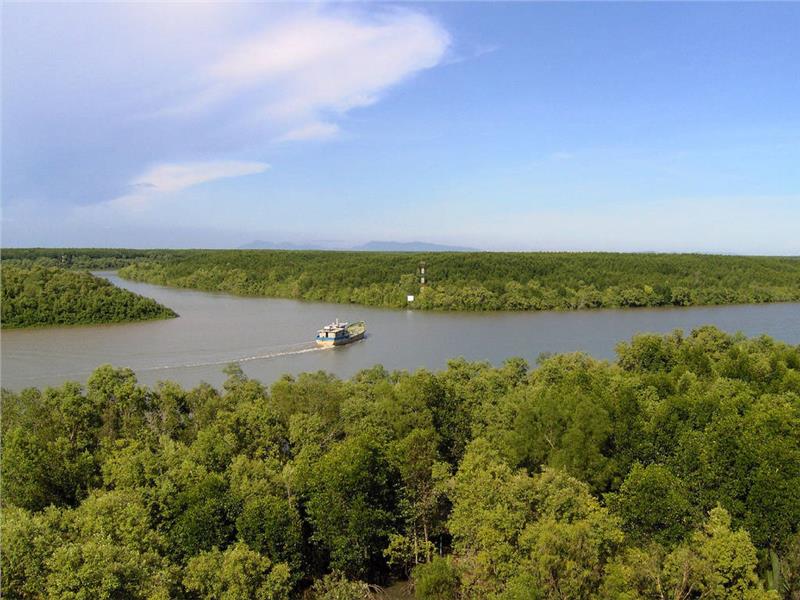Land is considered as a national asset, an important production supplies; simultaneously, it is the object of the labor and the product of the labor as well. The area of natural land resources in Vietnam is about 33 million hectares, ranked 57/200 of countries over the world; however, due to large population (about 80 million people), land area per capita is low (with 0.5 ha) and ranked 159th in the world.
Land in hills and slopes occupies 22 million hectares (67% of the country’ area); fruitfulness includes basalt accounting for 7.2% with 2.4 million hectares, alluvial soil accounting for 8.7% with 3 million hectares. Generally, fruitfulness is only approximately 20%. Farmland holds about 7.36 million hectares, of which 5.9 million hectares is used for planting short-term crops such as rice, vegetables, food (figures in 1994). Forest land occupies about 9.91 million hectares. Besides, there are about 13.58 million hectares which has not been in use left; yet only about 400,000 hectares can be able to use for agriculture, the rest are denuded hills, lakes and streams. The area of agricultural land has significant increased over years, however, compared with the rate of population growth; the area has still been declined. Scalability of agricultural land is fairly limited due to natural and technical conditions. In addition, specialized land area, such as land for construction, transportation, irrigation, and settlements increasingly growing much narrows of agricultural land.

Except from Mekong Delta, Red River Delta and Highlands, land in rest regions retains a low potential to yield. In addition, erosion, salinization and acidification have been frequently occurring. As a result, more fertile lands have been seriously degenerated. There are more than 1 million hectares of eroded and lateritic land. On average, the annual amount of soil’s nutrients is lost respectively 5.600 tons of organics; 199.2 kg of nitrogen; 163.2 kg of phosphate; 33 kg of Calcium and Magnesium. The destruction of forests much accelerated erosion and land degradation. In addition, the unrestricted use of chemical fertilizers and pesticides makes the soil be hardened and poisoned. Besides, intensive farming and fast turnaround turn land into exhaust and no time to recover.
The structure of land use in Vietnam also tends to be like the world: increasing agricultural land, decreasing forest land, and increasing specialized land and barren hills. 55% of natural land area is used in four basic purposes, namely agriculture, forestry, specialized land and residential areas. Approximately 7 million hectares (21.13% natural land area) is maintained in agriculture as annual crops (5.5 million hectares), perennial crops (1.1 million hectares), and grazing pastures (0.35 million hectares).

Vietnam geography lies in the tropics with much rainfall, high air temperature, strong mineralization, easy land degradation-prone and erosion; therefore, its land is difficult to restore the origin. In addition, land pollution are on the rise due to increasing the frequency of use, inappropriate using of fertilizer types. Besides, municipal solid waste is not promptly collected, transported and handled; farming practices is not proper technique; and the irrigation is unreasonable result land degradation as runoff, erosion, salt and secondary acidification.
